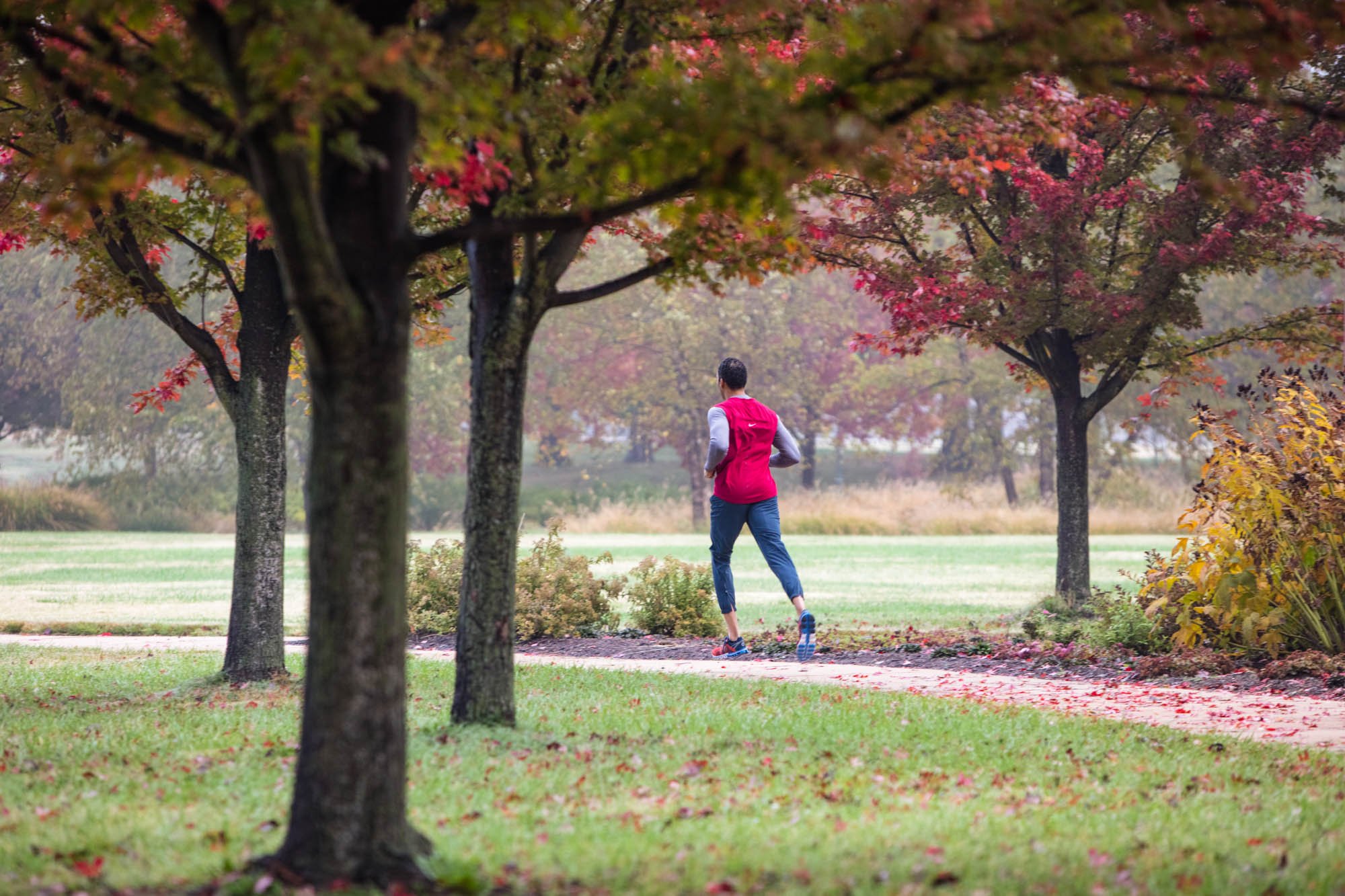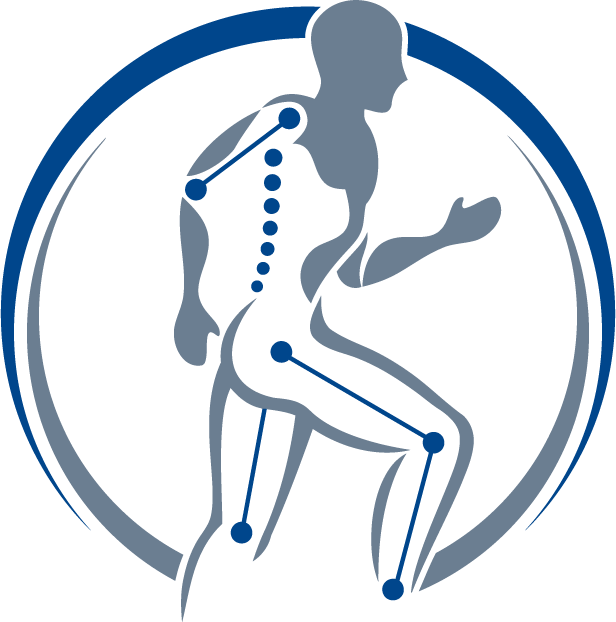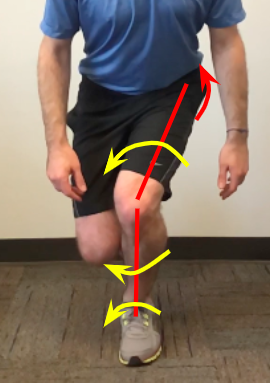
LEARN
Precision Physical Therapy Blog
Return to Running After Having a Baby
So, you (or someone you know and love) just had a baby and you are cleared to begin exercise at your six-week postpartum follow-up. Now what? You may feel lost or uneasy as to how to return to running, an activity that fuels you and is vital for your mental wellbeing. Maybe you have already returned to running and have concerns you want addressed. This article can provide you with a framework for safe return to running.
Running biomechanics: Indication of ITB Stiffness
Iliotibial band (ITB) friction syndrome (a common cause of knee pain) is the second most common injury afflicting runners - second to patellofemoral pain syndrome, another type of knee pain. In runners, the ITB can become tight due to overuse of the tensor fasciae latae (TFL) muscle that attaches into it and insufficient use of other hip flexors. While sometimes it is difficult to self assess and identify if your TFL/ITB complex is tight relative to the rest of the hip flexors, there is one sign present in running that is a clear indicator of TFL tension and overuse. This is tibial lateral rotation during swing phase of running.
Running biomechanics: Where should my foot strike?
While it may be frustrating to hear foot strike advice change as research is published, know that there are still some constants when it comes to biomechanics at the moment your foot hits the ground. Instead of focusing on which part of the foot contacts the ground, you may consider thinking about how far the foot contracts the ground in front of the knee and how large the angle is from the bottom of the foot to the ground. These are two things that decrease your injury risk and are very easy to identify with slow motion video. You can even assess them yourself.
Running: Heel Raises, How & Why
Calf weakness is a common issue in runners and can lead to pain and injuries in the foot and lower leg. Calf weakness presents in multiple ways when assessing a runner’s gait mechanics. One of those ways is when the knee travels excessively forward of the toe at mid stance during gait (also known as increased anterior tibial translation). It is true that there are other movement problems that contribute to increased anterior tibial translation at mid stance, however the key contributor we will discuss today is calf weakness. Below you can see a still shot of normal and excessive tibial translation.
Running: Dynamic Knee Valgus
Limited ankle range of motion and gluteal weakness: two of the most common contributors to injuries that we see in runners. These impairments often lead to a movement pattern called dynamic knee valgus and knee pain in runners. This is especially true in those who are new to running or returning after a long break. This blog will describe the knee valgus pattern: What is it? How do you fix it? Why does it matter?
Runners: Why the inside of your foot hurts - 3 potential causes
One of the more common running gait patterns associated with foot pain is excessive ankle pronation. We typically see this as the leg is accepting body weight after initial contact moving into mid stance. Ankle pronation is when the arch of the foot flattens toward the ground. Ankle pronation is a normal function of the foot and a good thing for our running. When ankle pronation becomes excessive we start to see injuries such as posterior tibialis tendonitis, achilles tendonitis, plantar fasciitis, tarsal tunnel and medial tibial stress syndrome.
Runners: "Is my running form too bouncy?"
Have you ever wondered if you have a bouncy running gait? How much bounce is too much? Well this is one of the things we look for when analyzing a person’s running gait. Increased vertical motion during running causes increased stress in some of the joints, as well as using your valuable energy moving in a direction that is not forward. We call this increased vertical displacement of the center of mass.
Runners: Strength Training for Injury Prevention
Many people who enjoy running, find they have limited time for strength training. If you are looking to prioritize which muscle groups to strengthen, this post is for you.
Running Biomechanics: Gluteal Compensation Patterns
As many of you may guess, the gluteal muscles are incredibly important for strong running. When running, these muscles work together to move the leg behind you, to keep the pelvis level to the horizon when standing on one leg, and to keep the leg from turning too far inward. This is pretty important stuff for a runner! Suffice it to say that the stronger and more balanced the glueteals, the more stable and efficient your running form will be.
Running Biomechanics: Cadence
Think back to the last time you stepped off a ledge expecting the ground to be closer than it was. Your foot and knee anticipated the ground at one distance but were straightened and stiff in the moment when your foot actually hit the ground. Consequently, the rather uncomfortable force of this unexpected impact moved up from your foot through your leg and to the rest of your body. In the field of biomechanics, we call this force moving through your body ground reaction force. …
Runners: ITB ‘Stretching’ mistakes and 3 ways to fix it!
Iliotibial band (ITB) insertion pain is a common complaint among runners. While not a serious injury, it is almost impossible to continue training when this pain presents. Most often, ITB pain in runners is associated with weak gluteals, resulting in overuse of the Tensor Fasciae Latae (TFL), a hip flexor.
Running Biomechanics: The Lean
When we learn more about each person’s daily postures, physical stresses and individual running mechanics, we discover patterns. The patterns reveal the overuse of some muscles and under use of others, they indicate where more stress is created on tissues that can become injured. While injuries like, patella femoral pain, plantar fasciitis and lower back pain sound very different, they may be associated with the same underlying faults. When a runner takes the time to learn about their patterns and how they move while they run, they can take control of their technique and limit their injuries. In this article, the first of several, we will take a close look at body posture during running.












